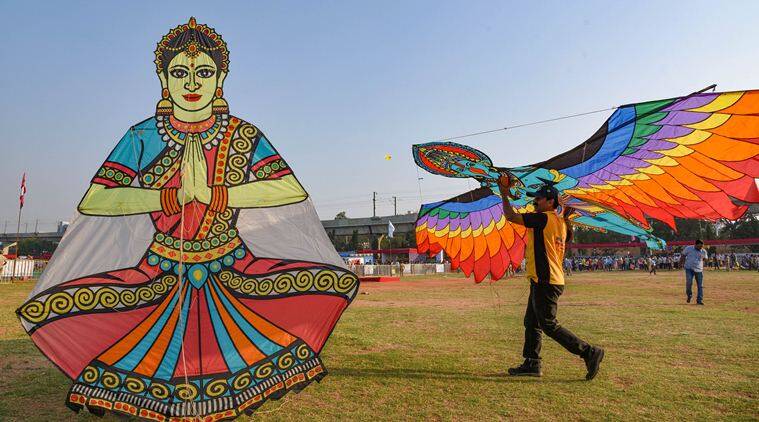The festival is considered auspicious for tenacity, worship, charity and sacrifice in the Hindu scriptures. Makar Sankranti, or simply Sankranti, is dedicated to Lord Surya and marks the sun's transit into Makara (Capricorn) raashi (zodiac sign)

One of the major festivals celebrated with much pomp in India, Makar Sankranti holds great significance for Hindus. The festival is considered auspicious for tenacity, worship, charity and sacrifice in the scriptures. Makar Sankranti, or simply Sankranti, is dedicated to Lord Surya (Sun God) and marks the sun's transit into Makara (Capricorn) raashi (zodiac sign). This festival is considered the most auspicious occasion and is one of the few Hindu festivals aligned with the solar cycle. It marks the beginning of the harvest season when people worship new crops and share them with delight.
Makar Sankranti Significance
Makar Sankranti is considered a day of happiness and prosperity by Hindus. It is believed that taking a bath in the Ganges, on this day, is auspicious. Devotees also pay tribute to the Sun God and express gratitude towards him for blessing us with his warm and glowing rays.
Makar Sankranti History
It is believed that Sankranti, after whom the festival is named, was a deity who killed a demon called Sankarasur. On the following day of Makar Sankranti, called Karidin or Kinkrant, the Devi killed the villain Kinkarasur.
This is also the time when the sun begins to move north. Before Makar Sankranti, the sun shines on the southern hemisphere. Hindus believe this period to be auspicious, and it is known as Uttarayana or Winter Solstice. According to the Mahabharata, Bhishma Pitamah had waited for the sun to be in Uttarayana to embrace death.
Makar Sankranti Celebrations
In most regions, Sankranti festivities last for two to four days. People worship the Sun God during the festival. They also go for a holy dip in sacred water bodies, perform charity by giving alms to the needy, fly kites, prepare sweets made of sesame and jaggery, worship livestock and more. Kite flying is an intrinsic part of Makar Sankranti celebrations. Colourful kites adorn the sky from the morning of Makar Sankranti.
Additionally, Khichdi is made and consumed during this festival, especially in Eastern Uttar Pradesh, Bihar, and Jharkhand. This is the reason why Makar Sankranti is also known as Khichdi. In Gorakhpur, it is customary for devotees to offer Khichdi to the Gorakhnath temple. In Haryana, Punjab and Delhi, Lohri is observed one day before Makar Sankranti.